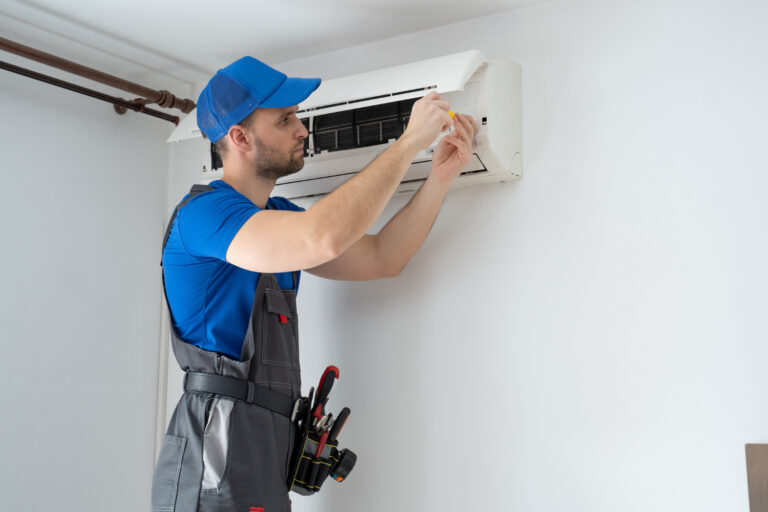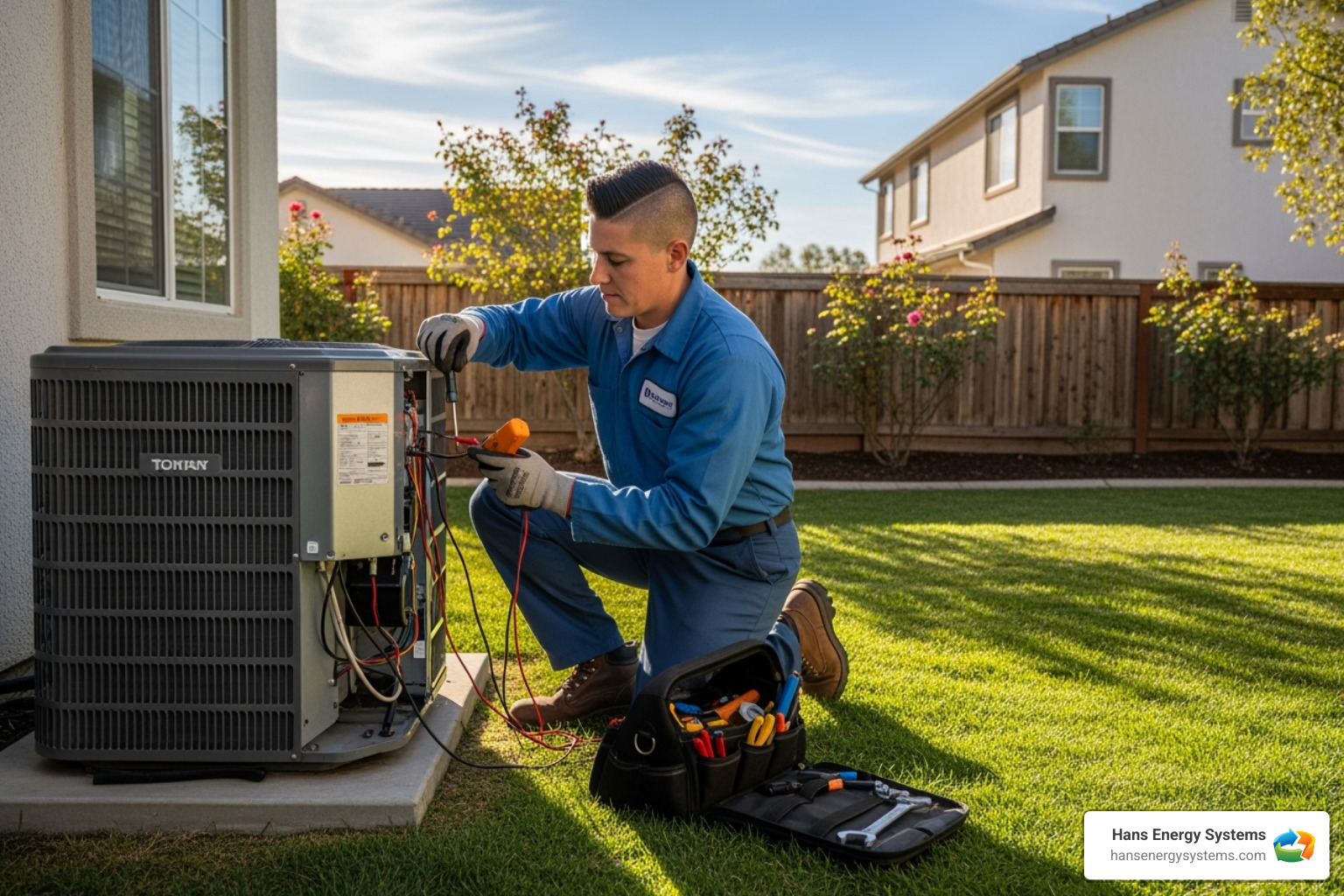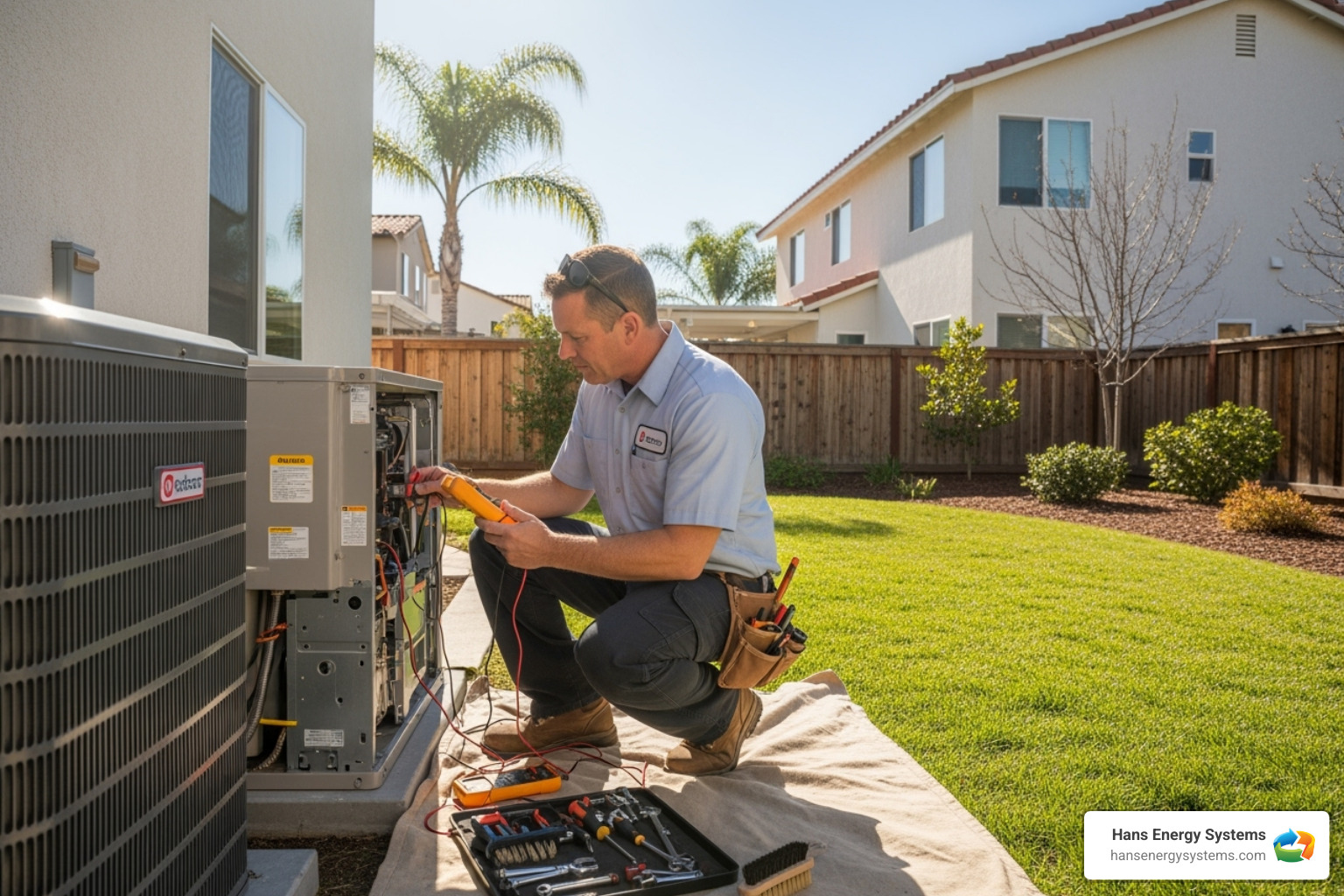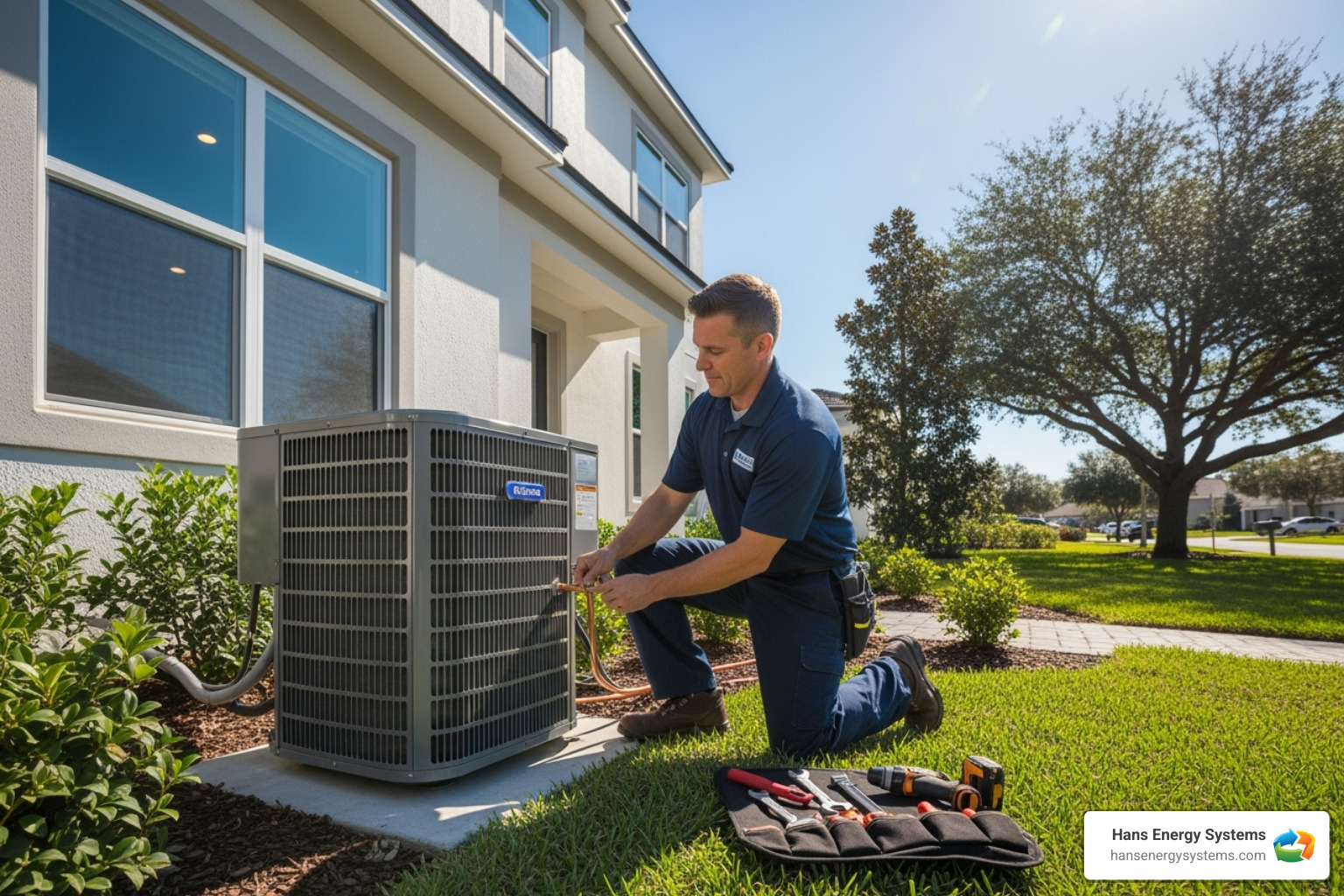When summer temperatures rise in Poway, your air conditioning system becomes one of the most relied-on appliances in your home. But even if the system turns on, that doesn’t always mean it’s working efficiently. Old, worn-out units often continue to function past their prime, delivering questionable cooling, higher energy bills, and weakened indoor comfort. Knowing when it’s time to replace your AC system can help you avoid sudden breakdowns and long-term inefficiencies.
Replacing an older AC unit before it completely fails saves time and disruption during the hottest months. It also gives you more control over what system gets installed, rather than rushing for the fastest available replacement. Whether your system is showing wear from years of use or just not keeping up with the heat anymore, understanding when to make the move is important for keeping your home reliably cool.
Signs Your AC System Needs Replacement
It’s common for homeowners to overlook subtle performance changes, chalking them up to temporary issues. But some warning signs shouldn’t be ignored. These often indicate the unit is reaching the end of its usable life and may be costing more to run or maintain than it’s worth.
1. Frequent Breakdowns
If your AC requires repairs more than once a season, you may be spending more money fixing it than it would take to replace it. Constant breakdowns put strain on other parts of the system, affecting comfort and airflow. A single repair may not seem expensive, but costs add up quickly when service calls become routine.
2. Increasing Energy Bills
A sharp rise in your electric bills—especially in summer—can point to an inefficient unit. If your usage hasn’t changed but your cooling costs have, the system could be working harder than it should. This usually happens when internal parts wear down and lose performance, even if the system still turns on and off properly.
3. Aging Equipment
Most AC systems are designed to last for a specific number of years. Once they approach that point, they often require more attention and replacement parts that are harder to find. Even if the system hasn’t failed yet, older systems lag behind in energy efficiency and cooling power. If your unit is over a decade old and giving you trouble, it’s time to start planning a replacement.
4. Unusual Noises or Smells
Grinding, rattling, or buzzing sounds from the AC can signal motor and fan issues. A strong or musty odor could mean mold in the ducts or a problem with the insulation around internal wiring. These signs not only impact how comfortable your home feels, they could also affect indoor air quality. If the unit has been making noise or producing odd smells, it likely requires more attention than just a quick tune-up.
Performance and Efficiency Problems to Watch
Even when major technical issues aren’t obvious, homeowners can notice other signs of performance decline. These clues often relate to how evenly the AC cools the home, how the system handles moisture in the air, or how much it affects monthly energy costs. Ignoring these can lead to long-term indoor comfort trouble and added strain on the system.
Here are a few clear signs your unit might be underperforming:
– Uneven cooling across rooms
If the bedrooms upstairs feel muggy while the living room stays cool, your system isn’t spreading air evenly. This could point to system wear that affects airflow or temperature regulation.
– Higher indoor humidity
AC systems help manage not just temperature but also indoor moisture. When older systems can’t keep up, residents may notice a sticky or damp feeling throughout the home, even with the AC running.
– Energy usage that keeps rising
If you regularly track your energy bills and notice a jump compared to previous summers, the system may be over-cycling or struggling to maintain set temperatures. Poor efficiency from the system makes it work longer and draw more power.
For instance, a Poway homeowner recently mentioned that their AC ran non-stop during the early part of July, yet the house still felt warmer than usual. Their utility bill had climbed steadily even though nothing else in their home had changed. Once the unit was professionally inspected, it turned out the compressor was wearing out. Replacing the system helped bring temperatures down and kept costs controlled. Recognizing small changes like these early on can help homeowners avoid sudden system failure during the hottest days of the year.
Benefits of Replacing an Old AC System
Once your current AC system begins to decline in performance, upgrading to a new one can resolve a range of problems. From reducing electricity usage to improving how the air feels indoors, a new system can change both your comfort and daily costs. The difference is especially noticeable during consistent high-heat periods like July in Poway.
One of the first changes most homeowners notice is reduced energy usage. New systems are built to cool faster without running as long, which cuts down electricity use. Over time, this helps offset the investment with lower monthly costs. It’s also easier to maintain indoor temperatures without as much fluctuation from room to room.
Air quality can also improve. Many newer AC models feature better filtration technology, helping reduce pollen, dust, and other airborne particles. If you or someone in your household deals with allergies or respiratory conditions, this can make a noticeable difference. These systems also control humidity levels more effectively, which contributes to a drier, more comfortable indoor environment.
Comfort settings have advanced, too. New AC systems often come with smart thermostats, variable-speed fans, and improved zoning control. These features make it easier to manage indoor comfort based on specific parts of the home, without constantly adjusting settings. The newer units are generally quieter as well, reducing noise disruption during the day or while sleeping.
On top of that, many systems use refrigerants that are less harmful to the environment. While this might not directly influence your daily comfort, it helps lower the environmental impact over time and aligns with cleaner energy practices in residential neighborhoods across Poway.
Knowing the Right Time for AC Replacement in Poway
Timing plays a big role in determining when to move forward with a replacement. Planning to install a new system before peak demand seasons allows for better scheduling and fewer delays. The summer months can fill up quickly, which makes spring and early fall more ideal for installing a unit before the temperature spikes.
It’s also important to schedule regular maintenance and evaluations. Our professionals can inspect your unit to check refrigerant levels, test system pressure, and evaluate the performance of the overall system. If an issue is developing, a thorough inspection can give clear answers about whether repairs are worth it or if replacement is the smarter route.
Long-term planning saves time and stress. Rather than waiting until your system completely stops working during a heatwave, it’s better to prepare for the change early. This way, you can explore systems that fit your home’s size, budget, and usage needs without pressure to decide quickly. You’ll also have more flexibility in choosing the best features and energy ratings.
For Poway residents, where summer can stretch unpredictably into late September, making sure your AC system is reliable ahead of time helps maintain consistent cooling through the full season. Keep an eye on how your unit performs during the hottest afternoons. If you’re adjusting the thermostat often or noticing more noise than usual, it’s time for a more detailed assessment.
Ensure Your Home Stays Cool and Comfortable
Replacing your AC system doesn’t have to be reactive or rushed. If you spot the signs early, like warm spots in the home, rising energy bills, or strange sounds, you’re in a better position to manage the upgrade with less stress. Paying attention to how your system is running makes it easier to avoid emergency callouts later in the summer.
Your home should stay consistently cool all season without noise, high bills, or humidity spikes. If your system can’t provide that anymore, it may be time for a replacement. With the right planning and a detailed inspection from our technicians, you can make a confident decision and enjoy quiet, steady cooling when it matters most.
If you’ve been dealing with uneven cooling or an AC unit that never quite returns the comfort you expect, it’s likely time to take a closer look at your system’s health. Every home in Poway deserves reliable cooling during the longest hot stretches of the year, and the best way to achieve that is by having a system that runs how it should, consistently and efficiently.
If inconsistent cooling and rising energy bills have become a regular issue in your home, it might be time to consider a proper upgrade. Hans Energy Systems recommends exploring options like AC replacement in Poway to restore reliable indoor comfort and improve energy efficiency. Our professionals can assess your system and suggest the best plan to keep your home cool during the peak months. For a quick estimate or to book a service visit, please contact us today.





